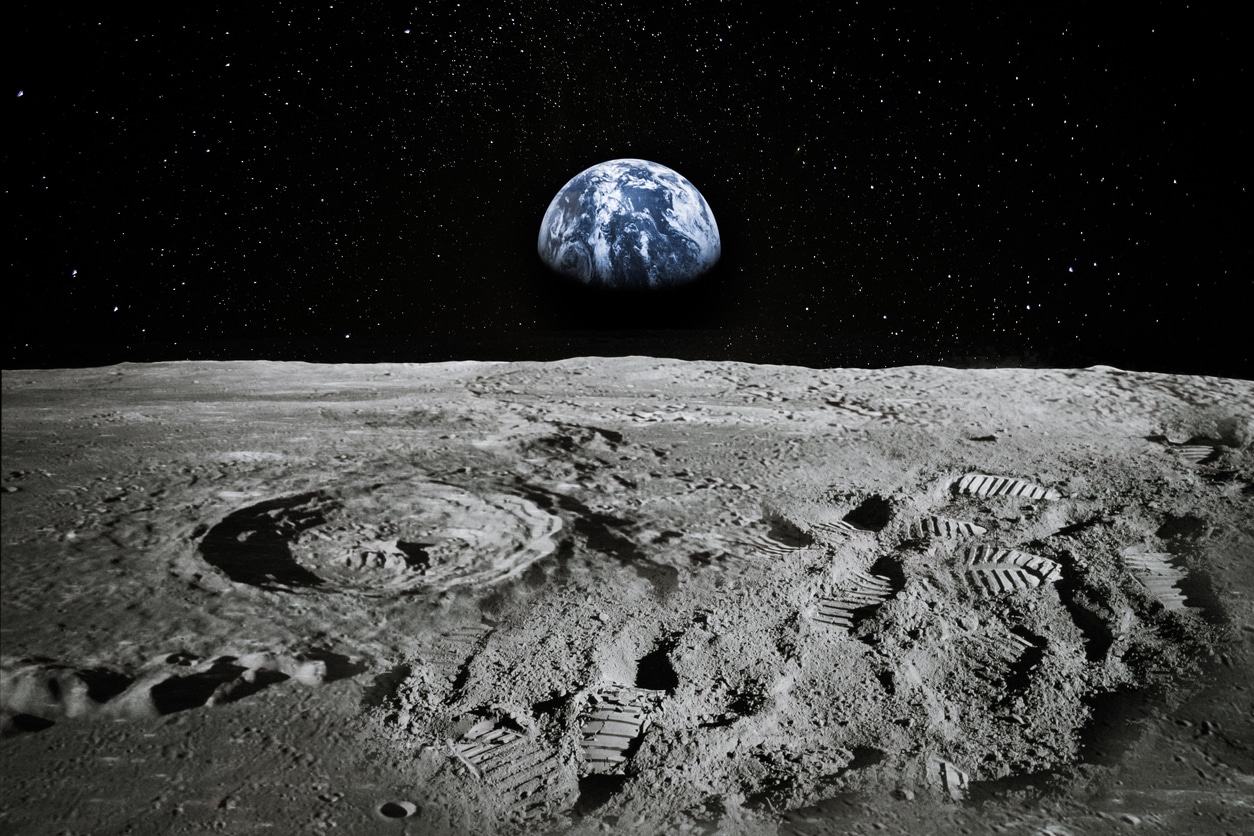New Discoveries Reveal Moon’s Ongoing Changes

The Moon, our closest celestial neighbor, continues to surprise scientists with its dynamic nature. Recent research has uncovered new wrinkle ridges on the Moon’s far side, suggesting that it is still cooling and contracting. This ongoing geological activity raises important questions about the safety of future lunar missions. With the discovery of 266 wrinkle ridges formed in the last 160 million years, experts are now considering the implications for astronaut safety and infrastructure placement on the lunar surface.
Evidence of Recent Geological Activity
A study published in The Planetary Science Journal highlights the findings of NASA’s Lunar Reconnaissance Orbiter. The orbiter’s Narrow Angle Camera captured images revealing wrinkle ridges on the Moon’s far side. These ridges differ significantly from those on the near side. While the near side features extensive wrinkle ridges, the newly identified ones are smaller, measuring about 100 meters wide and 1,000 meters long. Their relatively recent formation challenges the long-held belief that lunar tectonic activity ceased billions of years ago. This discovery suggests that the Moon is not as geologically inactive as previously thought, prompting scientists to rethink their understanding of lunar geology.
Differences Between the Near and Far Side
The Moon’s near side and far side exhibit stark geological differences. The near side is covered by vast volcanic plains known as lunar maria, which account for approximately 31 percent of its surface. In contrast, the far side has only about 1 percent of its area covered by similar formations. The reason for this disparity remains a mystery. One prevailing theory suggests that a collision with a dwarf planet may have altered the Moon’s geological evolution. This impact is believed to have thickened the far side’s crust, making volcanic activity less common. Understanding these differences is crucial for future lunar exploration, as they may influence where astronauts can safely land and establish bases.
Crater Analysis Supports the Findings
To estimate the age of the newly discovered wrinkle ridges, scientists employed a method known as crater counting. This technique involves analyzing the number of craters on a surface to determine its age. The analysis revealed that the ridges on the Moon’s far side are between 84 million and 160 million years old. If the Moon’s interior were inactive, these ridges would likely have formed much earlier. This evidence supports the idea that geological movement is still occurring on the Moon, challenging the notion of a completely dormant lunar surface.
Potential Risks Posed by Moonquakes
The possibility of ongoing lunar tectonic activity raises concerns about moonquakes. Jaclyn Clark, a planetary scientist at the University of Maryland, emphasized the potential risks associated with these seismic events. Seismometers placed on the Moon during the Apollo missions detected moonquakes, but their causes remained unclear until now. The new findings suggest that the Moon’s contraction could be triggering these tremors. This poses significant hazards for future human exploration and infrastructure on the lunar surface. Understanding these risks is essential for ensuring the safety of astronauts and equipment during lunar missions.
Implications for Lunar Missions
The discoveries regarding the Moon’s geological activity have profound implications for future lunar missions. If certain regions of the Moon experience significant tectonic movement, astronauts and equipment may need to be stationed in more geologically stable areas. This could affect plans for permanent lunar bases and long-term human presence on the Moon. The findings underscore the importance of continued observation and assessment of the Moon’s geological activity. As we prepare for future exploration, understanding the Moon’s dynamic nature will be crucial for ensuring the safety and success of missions.
Observer Voice is the one stop site for National, International news, Sports, Editor’s Choice, Art/culture contents, Quotes and much more. We also cover historical contents. Historical contents includes World History, Indian History, and what happened today. The website also covers Entertainment across the India and World.

